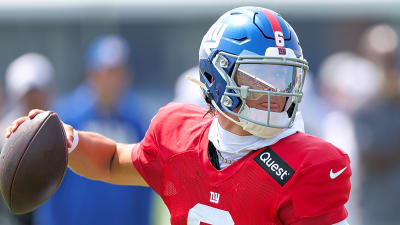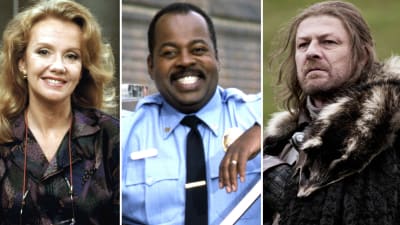
Indiana Pacers head coach Rick Carlisle is challenging the old NBA blueprint. In an era once defined by superstar duos and trios, Carlisle believes that the future of the league belongs to teams that are deep, balanced, and built for sustainability.
Speaking with Caitlin Cooper in a recent interview, Carlisle outlined how intentional roster depth has become a cornerstone of the Pacers’ identity—and how it's reshaping the path to contention across the NBA.
“Part of this is, we play a lot of guys and that’s intentional. It’s a way for us to engage more players, keep minutes reasonable, and wear down the opponent’s legs. It’s no secret. That’s a big part of our approach."
"But it’s difficult. I mean, this is a hard style to play, though it’s a beautiful style, too. And I’ll tell you this: I’ve had more people randomly walk up to me, people I don’t know and say, ‘Hey, you don’t know me, but watching your team this year was inspirational.’"
"I don’t get recognized that much out there, but this season, it’s been dozens of people saying that. It means something. It was a meaningful run, a meaningful moment in the game."
"Really, the NBA has become a 'play hard' league now. It’s not just about being top-heavy with stars. Roster construction is evolving, it's becoming more important to have a deep rotation of good players rather than just two or three great ones dominating the ball."
"Things are shifting. Everyone's watching what’s happening.”
The 2025 NBA Finals made a compelling case for his philosophy. The Indiana Pacers and Oklahoma City Thunder, two of the deepest teams in the league, reached the biggest stage without a reliance on maxed-out superstar power.
The Pacers had no player average more than 33.4 minutes per game in the regular season, and 12 players averaged over 15 minutes. In the playoffs, nine players averaged at least 14 minutes, and their top player averaged 33.6 minutes per game.
The Thunder followed a similar model. No player averaged over 34.2 minutes during the regular season, and 12 players averaged more than 16 minutes. In the playoffs, their top player logged 37.0 minutes per game, but they still had nine players seeing over 10 minutes of action.
Their rotation wasn’t just deep, it was effective. They eventually claimed the NBA title, proving that sharing the workload isn’t a weakness, it’s a weapon.
Compare that with the league’s most top-heavy roster, the Phoenix Suns. Despite having three max-contract superstars and the highest payroll in NBA history, the Suns failed to make the playoffs. Their rigid roster and lack of depth couldn’t survive injuries, fatigue, or the taxing demands of the new CBA rules, especially the punishing second apron that makes adding support pieces nearly impossible for maxed-out teams.
Carlisle’s model is clear: build a team around one or two key stars, surround them with skilled and well-coached role players, and rely on rotation depth to stay resilient over an 82-game season and a long playoff run. Good drafting, internal development, and smart contract decisions have become more valuable than simply chasing names.
The days of the big three superteams dominating the NBA may be coming to an end. In their place, teams like the Pacers and Thunder are proving that balance, depth, and cohesion can build a championship contender and maybe even a dynasty.
More must-reads:
- Five NBA coaches starting 2025-26 season on hot seat
- 'Clearly separated himself': Why one QB is winning Browns' competition
- The 'NBA minutes leaders by season' quiz
Breaking News
Trending News
Customize Your Newsletter
 +
+
Get the latest news and rumors, customized to your favorite sports and teams. Emailed daily. Always free!








